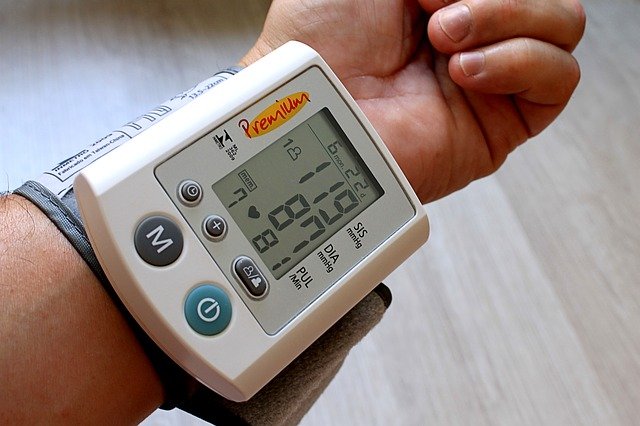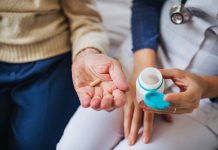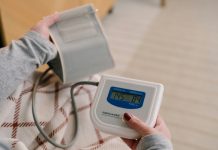
In a recent article, UT Southwestern cardiologist Dr. Sharon Reimold suggests that people who take blood pressure medicines can monitor their blood pressure at home to help compensate for what’s known as “white coat” effect.
“white coat” effect is a spike in readings while visiting the doctor’s office.
People who take blood pressure medicines often are nervous about what their blood pressure will be when they’re seeing their physician, and that anxiety actually causes their blood pressure to rise.
The “white coat” spike is particularly common among older people.
Since blood pressure can be highly variable, bringing your doctor a sample of your BP readings between visits can provide a better overall picture.
Here are some tips for taking blood pressure at home:
Pick a time when you are relaxed to measure your blood pressure.
Taking three measurements and then averaging the last two.
Avoid early morning readings – 5 a.m. or 6 a.m. – because blood pressure is often highest very early in the morning.
Be consistent and take your blood pressure readings at the same time of day.
It’s also important to know your recommended blood pressure levels and see your physician if the readings are consistently high.
Normal blood pressure is typically less than 120 for systolic (the number when your heart is contracting) and less than 80 for diastolic (when your heart is relaxed).
According to the new guidelines, Stage 1 hypertension is 130-139 mm Hg and 80-89 mm Hg.
Stage 2 hypertension is greater than or equal to 140 mm Hg, or greater than or equal to 90 mm Hg.
Copyright © 2018 Knowridge Science Report. All rights reserved.



